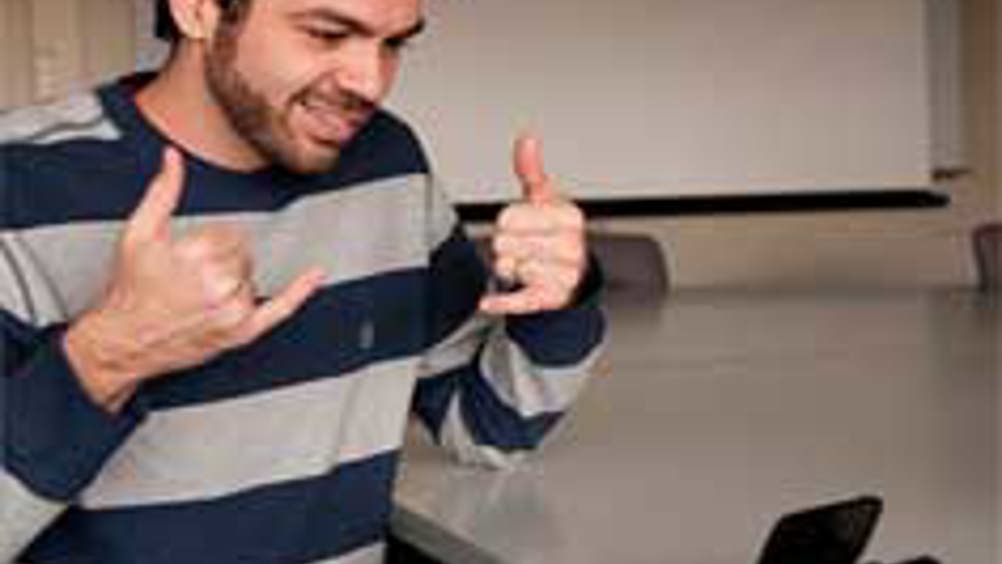Phones for deaf people
For those who are deaf or hard of hearing, cell phone use has largely been limited to text messaging. But technology is catching up - Cornell researchers and their colleagues have now created cell phones that allow deaf people to communicate in sign language.

Sheila Hemami, a Cornell professor of electrical and computer engineering, led the research with Eve Riskin and Richard Ladner of the University of Washington.
Since their so-called Mobile ASL (American Sign Language) project started four years ago, the researchers have created their first phone prototypes, which are now in the hands of about 25 deaf people in the Seattle area.
The Mobile ASL team designed the bespoke video compression software for the phones specifically with ASL users in mind. Because ASL requires efficient motion capture, the researchers had to make video compression software that could deliver video at about 10 frames per second. They also had to work within the standard wireless 2G network, which only allows transmission of video at about 15-20 kilobits per second.
They also faced constraints such as the battery life of a phone. They solved this problem by writing software smart enough to vary the frames per second based on whether the user is signing or watching the other person sign.
Register now to continue reading
Thanks for visiting The Engineer. You’ve now reached your monthly limit of news stories. Register for free to unlock unlimited access to all of our news coverage, as well as premium content including opinion, in-depth features and special reports.
Benefits of registering
-
In-depth insights and coverage of key emerging trends
-
Unrestricted access to special reports throughout the year
-
Daily technology news delivered straight to your inbox










Water Sector Talent Exodus Could Cripple The Sector
Maybe if things are essential for the running of a country and we want to pay a fair price we should be running these utilities on a not for profit...